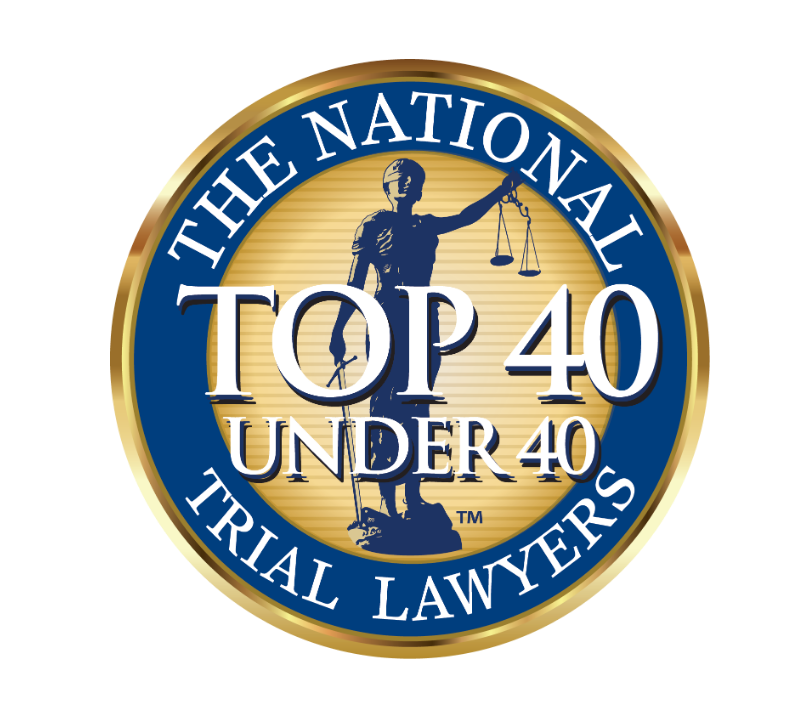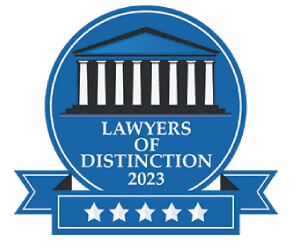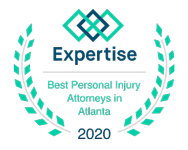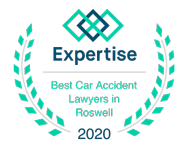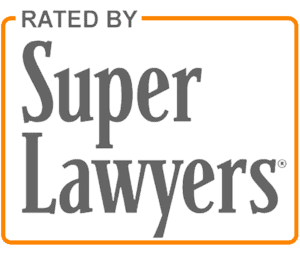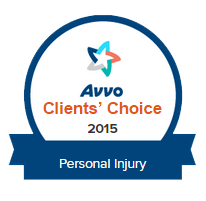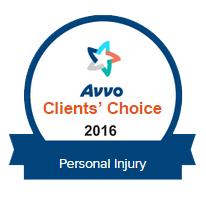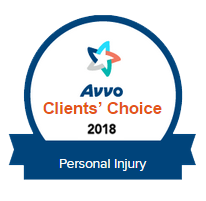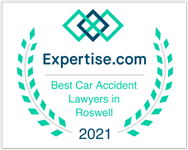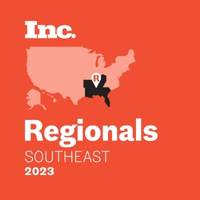Tesla touts itself as producing the safest cars in the world. In fact, Tesla’s Autodriving technology can help motorists drive their cars more safely but it won’t drive their cars for them. Inattentiveness behind the wheel of a Tesla could make the driver liable for any damages they cause in an accident.
Here, you can learn about the risk of Tesla’s Autopilot technology and what it means if you were hurt in an accident. Contact a car accident injury lawyer to discuss your legal options and get the compensation you deserve.
Tesla’s Autopilot Technology Can Threaten Road Users’ Lives
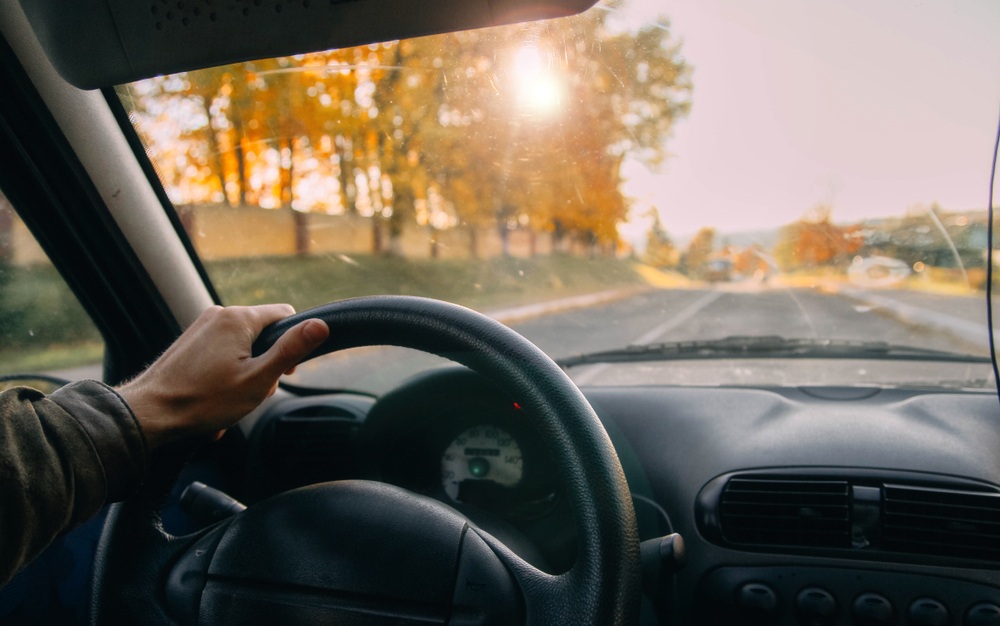
When some people purchase a Tesla, they’re under the impression that the car will do all the driving for them. That’s not the case. Drivers must remain just as vigilant behind the wheel of a self-driving car as they would with a regular car. Information from The Dawn Project, which investigated Tesla’s Full Self-Driving technology, concluded that the software poses a danger to children in particular.
When it comes to Tesla’s Autopilot feature, here are some of the top concerns:
It’s Not Actually Autopilot
There’s a widespread misconception that Tesla offers a pure self-driving feature in its Autopilot technology. This misconception comes from the name. Tesla’s cars aren’t truly self driving; to some degree, they still require human input. Some drivers see the term “Autopilot” and assume they can nap, eat, and drink while behind the wheel. In the end, this puts all road users’ lives at risk and constitutes negligence.
Self-Driving Cars Are Prone to Hacking
The Cybersecurity & Infrastructure Security Agency (CISA) reports that, to be considered self-driving, a car must rely on a sophisticated technology network to send and receive information. Hackers could access these networks and remotely control drivers’ cars. Digital hijacking could endanger lives and inflict serious damage.
Tesla owners must regularly upgrade their vehicle’s software to safeguard against these attempts.
Tesla’s Autopilot Feature Cannot Recognize Children
The Dawn Project conducted a series of experiments to see whether Tesla’s Autopilot cars would recognize and avoid hitting pedestrians. The study found that these vehicles consistently struck child-sized mannequins in plain view. Research found that the force could kill a child and that the car hardly slowed down as it approached the mannequin.
Drivers can still brake when their Tesla operates on Autopilot. This means, in the end, it’s up to them to spot pedestrians and brake in time to avoid accidents.
Machines Aren’t Perfect
The goal of Tesla’s self-driving cars is to make driving safer. By relying on specialized equipment, these vehicles can avoid causing collisions while getting from point A to point B.
Yet, as a study from the American Association of Automobiles (AAA) notes, machines can make errors, too. These errors can result in deadly consequences. AAA noted that human intervention was required to the point where it was questionable whether Tesla could call its cars self-driving.
Forbes notes that self-driving cars are inevitable and that cities must anticipate their challenges. However, until the technology poses minimal risk to human life, motorists should operate these vehicles carefully without relying entirely on the Autopilot aspect.
Tesla’s Risks Go Beyond Its Autopilot Features
Tesla’s self-driving feature isn’t the only risk factor inherent in these vehicles. Some other concerns that endanger road users’ lives include:
Batteries
Teslas operate on lithium-ion batteries, allowing these vehicles to travel for hundreds of miles on a single charge. However, these batteries can burst into flames upon crashing, requiring thousands of gallons of water to extinguish.
Auto-Locking Doors
The Washington Post noted that a few years ago, a 48-year-old anesthesiologist was driving a Tesla Model S when it slammed into a palm tree, causing the battery to catch fire. On top of that, the car’s doors wouldn’t unlock, and the man suffocated while inside. This represents one more reason motorists should exercise caution while driving.
Data on Tesla’s Autopilot Technology Risks
The National Highway Traffic Safety Administration (NHTSA) released some startling information about self-driving cars recently. It reported close to 400 self-driving car accidents more than half of which involved Teslas.
National Public Radio (NPR) reported that around 830,000 cars contain Tesla’s Autopilot features. That means at least 830,000 Tesla drivers must know that Autopilot features have limits, and they should rely on their own driving skills when behind the wheel.
Tesla Faces a Possible Class Action Lawsuit
A class action lawsuit in the Northern District of California claims Tesla exaggerated the capabilities of self-driving technology and delivered flawed vehicles that can cause fatal accidents. The representatives assert their clients’ cars regularly ran red lights, turned into oncoming traffic, and struggled to make simple turns.
Yet, Tesla is different from other automakers in that it doesn’t have dealerships. It notes that motorists accept responsibility for their cars (and any resulting damages) upon purchase. It doesn’t have to explicitly warn drivers of these dangers or risks.
Therefore, in many Tesla accidents, the Injured claimant chooses to sue negligent drivers rather than Tesla itself. These cases have succeeded both in and out of court, allowing victims to recover the damages they’re owed.
Tesla’s Car Accidents Frequently Make Headlines
It can seem like accidents involving Tesla’s self-driving cars regularly make the news. Some of the latest news stories include:
- Two men were killed after their self-driving Tesla swerved off the road and hit a tree. It then exploded, requiring more than 30,000 gallons of water to extinguish. Firefighters generally extinguish car fires in minutes, but this fire took four hours to address.
- Per Reuters, a man in China was pulling into the parking lot of his business when the pedal on his Tesla failed, causing a fatal collision. This accident remains under investigation, although Tesla denied liability.
- National Public Radio (NPR) shared a story about a man charged with vehicular manslaughter after partially using Tesla’s Autopilot feature. NPR reported that this was considered one of the first collision cases involving a self-driving Tesla.
Frequently Asked Questions About Tesla’s Self-Driving Feature
You may have many questions about the risks that Tesla’s cars pose, such as:
How Does Tesla’s Self-Driving Technology Work?
Tesla’s self-driving feature relies on a network of cameras, sensors, and other technology to provide a seamless experience. Yet, as studies have shown, the technology’s not quite there when it comes to eliminating auto accidents.
Not all Teslas come with the latest self-driving technology. As the auto manufacturer states, Teslas produced from September 2014 to October 2016 come with the first-generation self-driving technology, which comprises one camera, ultrasonic sensors, and a first-generation radar. They cannot receive retroactive outfitting to accommodate the latest self-driving technology.
Does the “Self-Driving” Feature Require a Driver?
Drivers can’t just take a nap while a self-driving car is in motion. They must remain alert and behind the wheel. This makes many motorists involved in Tesla accidents liable for the damages they cause.
Is Tesla the Only Company With Self-Driving Car Accidents?
No. According to the NHTSA’s findings, while Tesla has the most self-driving car accidents, it’s not the only brand involved in self-driving collisions. Honda and Subaru also have self-driving cars that have been involved in crashes.
Has Tesla Recalled Any of Its Self-Driving Cars?
Reuters notes that Tesla recalled more than 320,000 vehicles after learning that some of its cars had taillight problems. This increased the risk of collisions and put users at risk. The recall applied to 2020-2023 Model Y Teslas and 2023 Model 3 Teslas.
Still, even if a product isn’t recalled, injured people have the right to initiate legal action. In the same vein, issuing a recall doesn’t make a car manufacturer automatically liable for any resulting damages.
What Does Tesla’s Autopilot Feature Mean for Collision Victims?
Tesla has shown that it considers itself different from other automakers. By exploiting certain loopholes and avoiding jury trials in the face of liability claims, it hopes to escape financial responsibility for the accidents involving its self-driving vehicles. Still, as an injured claimant, you have legal options if you were hurt in a collision involving a Tesla operating on Autopilot.
If you partner with an injury lawyer, they may suggest filing a fault-based claim or lawsuit against the negligent driver in your accident. Here, you can request compensation for the full scope of your damages, including pain and suffering.
Your case rests on the basis that because the other driver didn’t appropriately monitor their car while in Autopilot, they should pay for your damages.
You Can Partner With a Lawyer After Getting Into a Tesla-Involved Collision
If you were in a collision involving a Tesla, you have legal options. By partnering with an injury lawyer, you can trust a professional to:
Manage Your Case on Contingency
Lawyers have a reputation for being expensive. That’s not the case for many personal injury firms. These firms take cases on a contingency-fee basis, meaning they don’t charge any upfront fees or costs. They draw their attorney’s fees from the settlement they secure on your behalf.
Gather Evidence to Support Your Case
Every personal injury case needs evidence to reach a fair outcome. You need evidence to show that because another party acted carelessly or recklessly, you suffered an otherwise avoidable accident.
Supporting evidence in your case may consist of:
- The accident report
- Data from the car’s black box
- Surveillance footage from traffic cameras and the car’s onboard cameras
- Forensic evidence
- Eyewitness testimony
- Statements from expert consultants
- Your medical records
- Photos and videos of the car and the accident scene
Identify and Calculate Your Losses
Compensation from the liable party in your accident should account for your past, present, and future hardships.
A lawyer can evaluate your situation and seek financial recovery for:
- Medical bills. This includes compensation for any expenses you haven’t yet incurred, like surgeries or physical therapy sessions.
- Lost income. Suffering harm in a collision can cause you to miss time from work. You could seek damages for lost tips, bonuses, benefits, commissions, and other revenue streams.
- Property damage costs. The collision could have damaged or totaled your personal property, such as your car. You can seek financial recovery for these costs.
- Non-economic damages. You can recoup non-economic damages, which account for the physical and emotional tolls of getting hurt. Examples include pain and suffering, scarring and disfigurement, and disability.
- Wrongful death-related expenses. Tesla accidents frequently have fatal outcomes. That’s because the batteries inside the vehicles can explode upon collision. If you lost a loved one in a collision involving a Tesla, your compensation could comprise funeral costs, burial fees, and other related expenses.
File Your Claim
The liable party in your Tesla accident ultimately depends on how the accident occurred and where. As noted, if you were hurt in Georgia, you could file a car accident claim with the at-fault party’s insurer. All motorists in the state must carry liability insurance.
Filing a claim requires your lawyer to:
- Determine liability
- Evaluate the liable insurance policy
- Calculate your losses
- Send your demand letter
- Negotiate with the liable insurer
- Protect you from bad faith insurance practices
File Your Lawsuit
You don’t want to go head-to-head with the other party’s lawyers alone. They may employ every trick in the book to discredit your case and avoid paying compensation. That’s where your car accident lawyer comes in.
They can file your case and:
- Communicate with the involved parties
- Apply the law to your case
- Argue your case at trial
- Exchange information with the defendant’s legal team
- Manage all case-related paperwork
A lawsuit comes with time constraints, so you don’t have unlimited time to initiate legal proceedings. For instance, if you live in Georgia, you generally have two years to file your case. This deadline begins counting down from the date of the collision. A lawyer can manage the statute of limitations and any other deadline that applies to your case.
What Should I Do After a Collision Involving a Tesla?
If you were recently in a crash involving a Tesla, some considerations that could bolster your case’s outcome include:
Documenting the Collision
This may involve taking photos and videos of the accident scene, your injuries, and other evidence of interest. The more information you have supporting your case, the better.
Refraining From Giving a Recorded Statement
The liable insurance company may ask for a recorded statement shortly after your collision. Don’t give one. You only need to furnish the insurer with basic information regarding your claim.
Considering the Benefit of Hiring a Car Accident Lawyer
You’re not alone after a collision involving a Tesla. You could have legal options. A personal injury lawyer in Atlanta can file a claim against the at-fault driver’s insurance to seek what you need. All drivers have a legal obligation to monitor their cars while they’re in self-driving mode.
